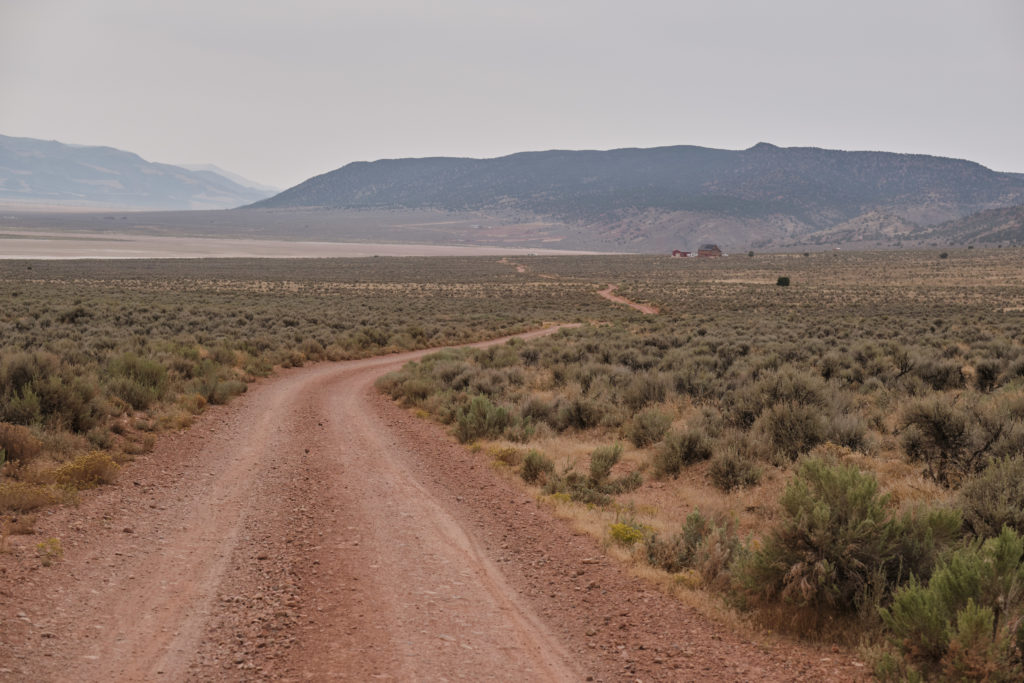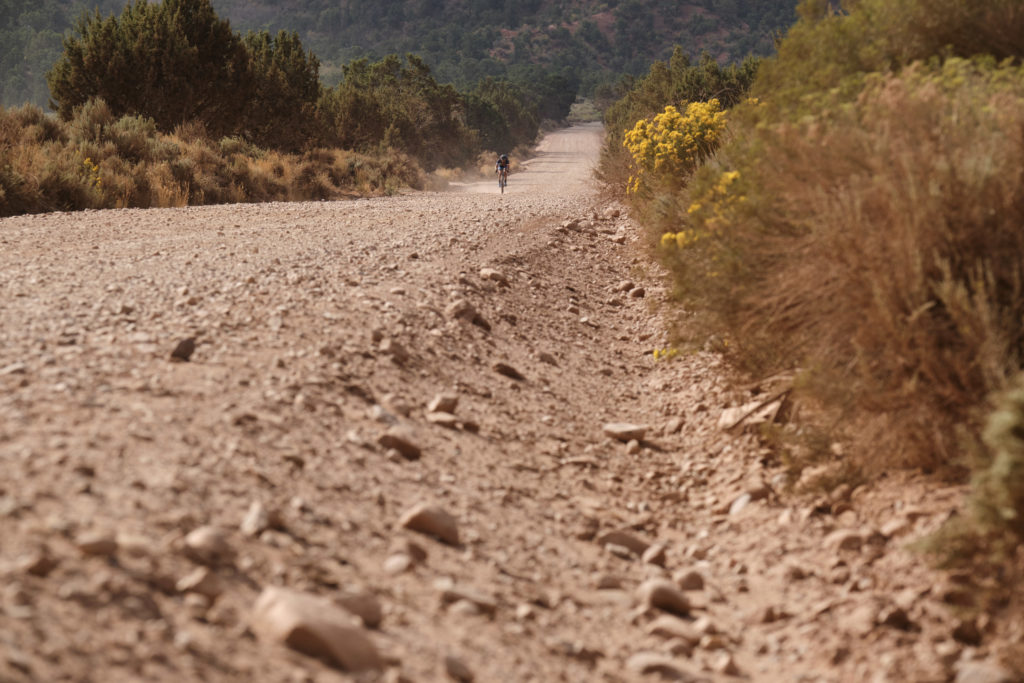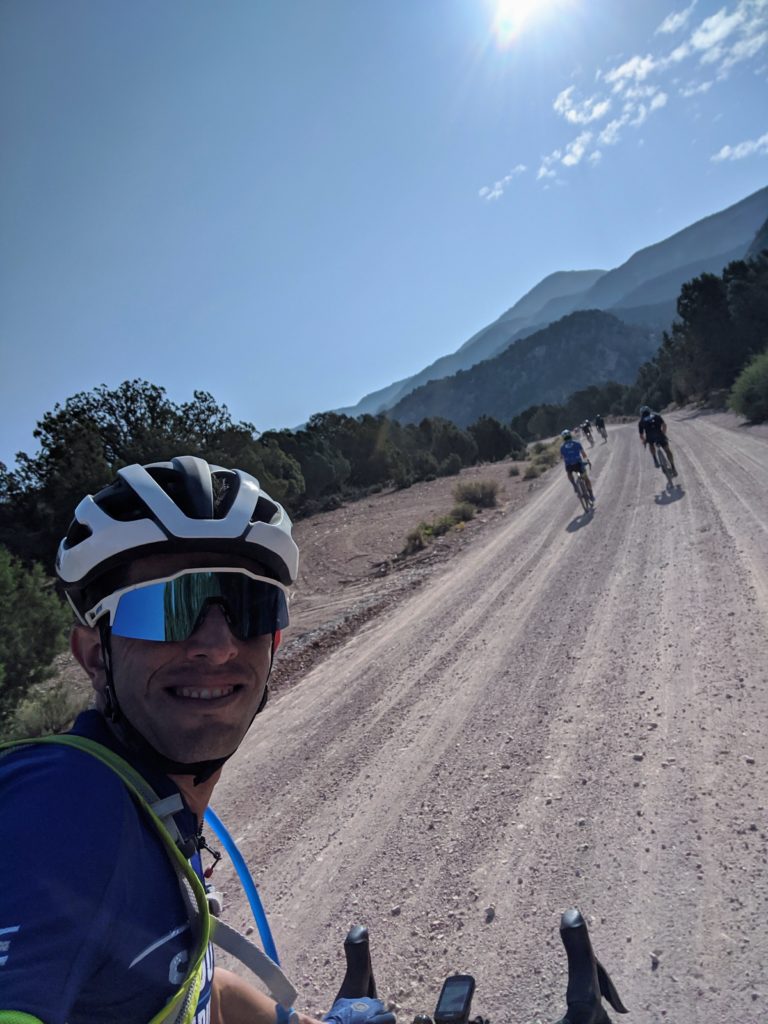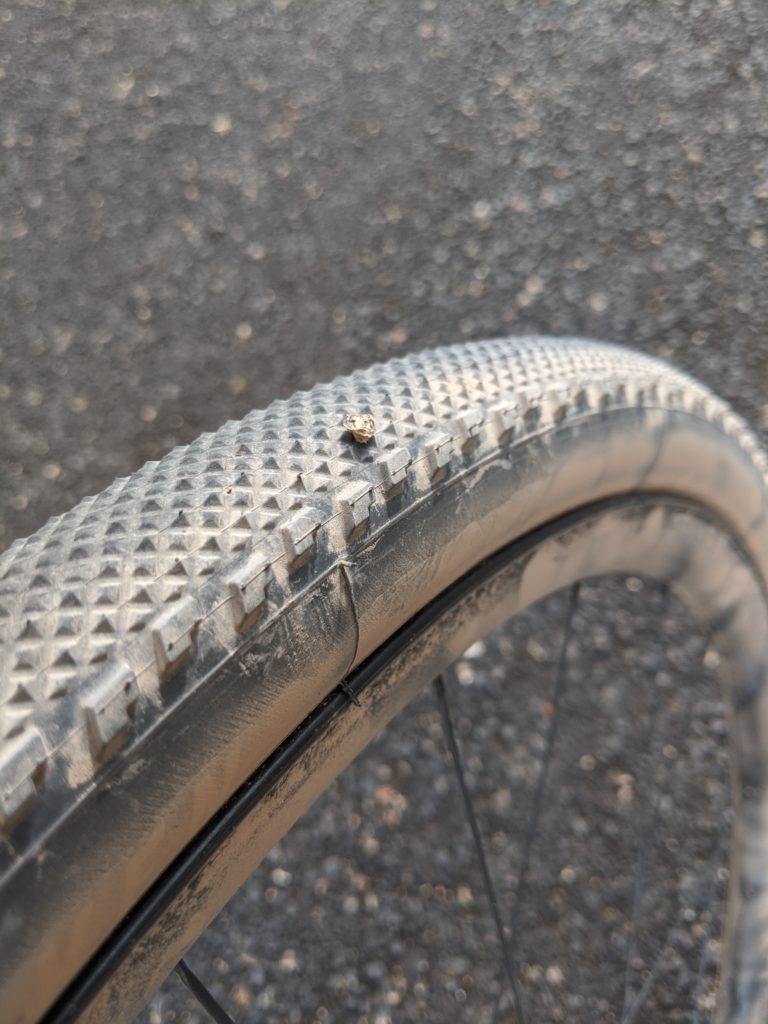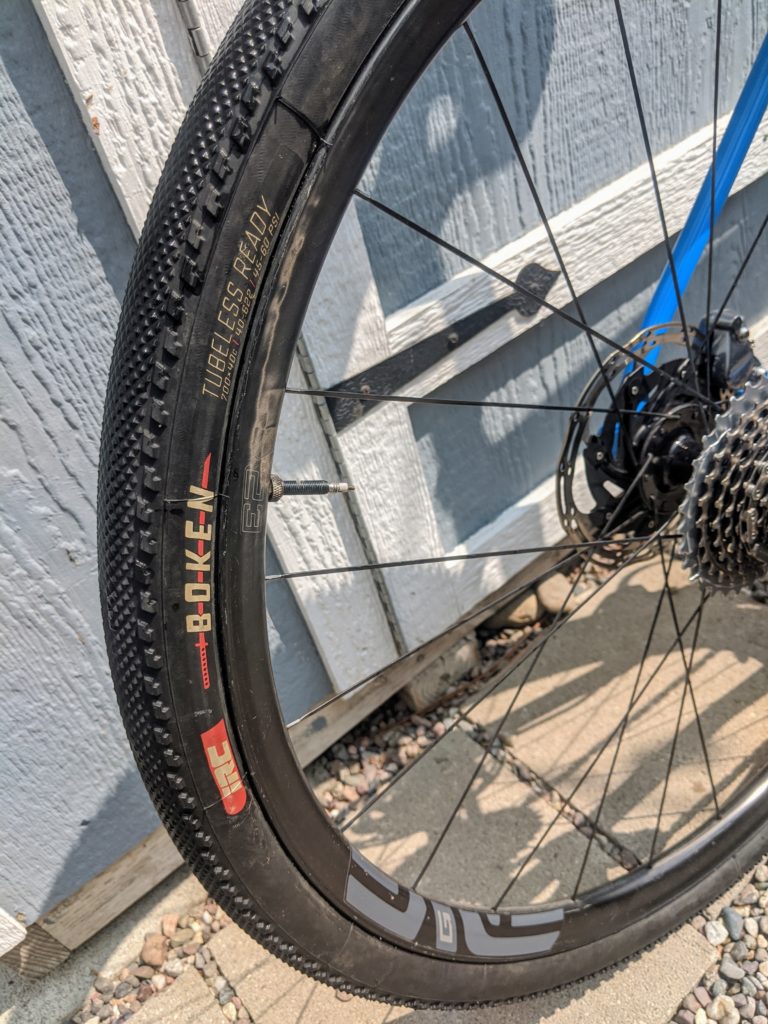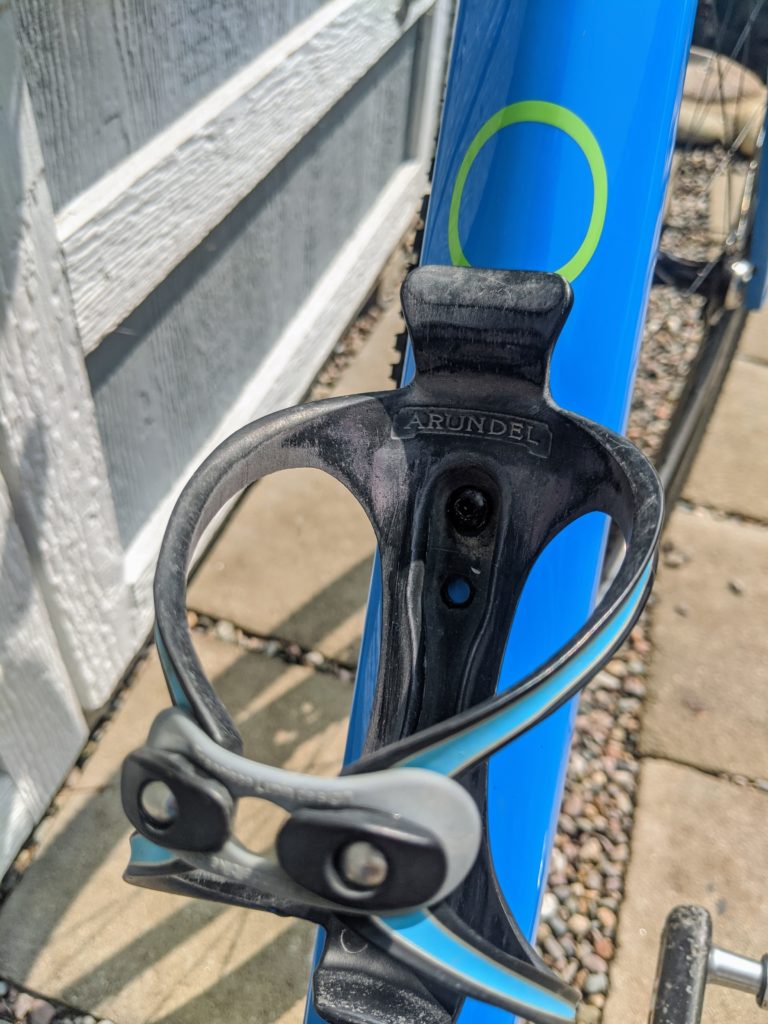Belgian Waffle Ride Cedar City: Course Musings
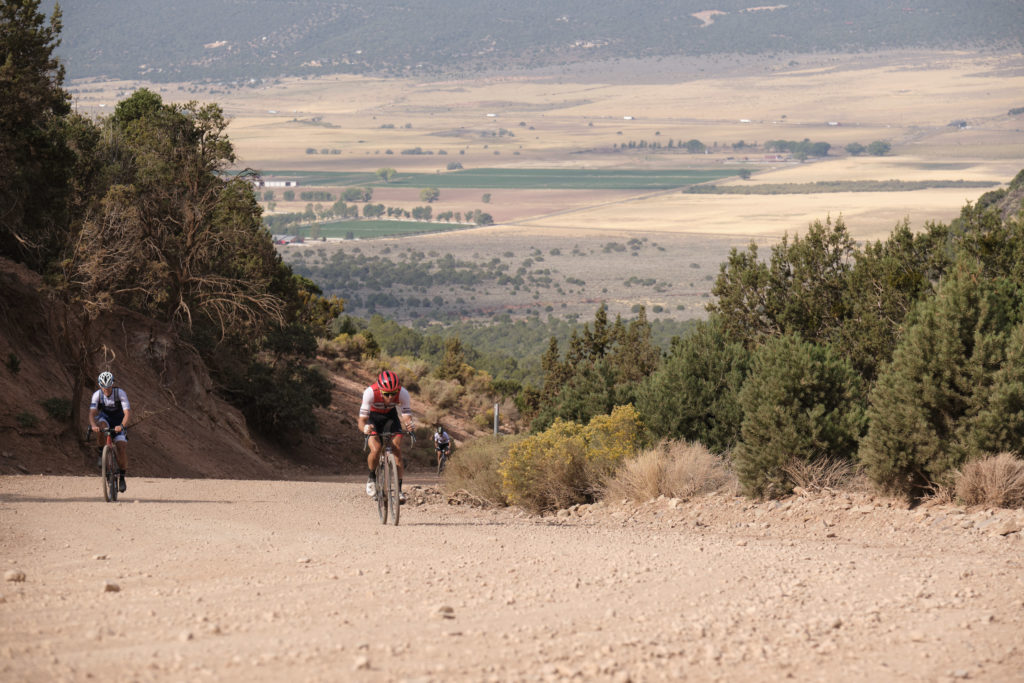
Photo: Jake Orness
The folks at Monuments of Cycling wanted a weekend of proper reconnaissance and feedback on the finalized Belgian Waffle Ride Cedar City course. A few of us made the trek with the mindset of learning what this course was all about and how it felt at speed. What follows is my initial impression and implications of the course, climate, and terrain.
Before you proceed, click on this article by friend and winner of the 2018 BWR, Brian McCullough. With a new event, any and all information is good to have. Right now, there’s not much out there besides some hidden Strava files and some rumors. 90% of the rumors are 100% true.

Course
The west is referred to as “big sky country” and it’s very true. The landscape makes for beautiful pictures worthy of a top 10 list of Zoom virtual backgrounds but it poses different challenges when compared to other parts of the country. Cedar City and the surrounding mountains host some enormous alluvial fans. These are basically big erosion fans caused by water run-off that can stretch for miles and create miles and miles of 1-1.5% grades. They feel flat. They are not. Take a glance behind you when you’ve been on one for a while. But we’re small creatures in this big space trying to accomplish something truly amazing.
Michael Marckx and Co. with Monuments of Cycling have put together a true BWR course that will undoubtedly be difficult and uncomfortable. There are some similar elements to BWR San Diego that should be noted. The beginning is mundane and allows for a bit of strategic decision making. Do you go for it early or do you wait? The first selection will likely come at Little Salt Lake which begins just as you exit pavement and enter the first gravel sector. This split will be due to wind or terrain or both. That’s par for a BWR where the first selection is important but not decisive. A second selection will occur prior to Three Peaks and will be decisive as the following terrain will prohibit group hopping. This is also true for the San Diego event (Black Canyon Road). The final selection will undoubtedly be on Kanarra Mountain Road and Turnpike. When climbing Kanarra Mountain Road, a 1:1 gear ratio is crucial even to those who can ride at +5.5 w/kg after way too many miles of gravel roads. Turnpike would be really fun if you’re fresh and if you’re on a trail bike. At the BWR, neither of this will happen. Splits here will occur due to errors by others or yourself. Don’t try to go fast. Just get through it in one piece.
On the other hand, for those that are not the 100 or so racers expect the roll out to feel very much like the DK200. Everyone rides fast until there’s a gap then they settle in to their pacing and the primary goal is to finish and have fun.
Equipment Set-up
In a general sense, take a look at the bikes doing epic gravel rides and mimic that with one caveat. The 1:1 gear is a need unless you want to walk for an hour uphill.
Wheels: I like the Enve 3.4 AR wheels. They have some depth and are more aero, light and are tubeless. Definitely tubeless is a must. Everyone with tubes on both the pre-ride adventures flatted multiple times. I’ll repeat that: 100% of the tires with tubes had repeated flats.
Tires: 40- 44c tires. 40c tires are the minimum buy-in for real gravel like BWR Cedar City. That width of tire also helps to better negotiate the miles of playground type sand. I’m a fan of the IRC Boken 40c (20% off code: SOURCE2020) with low pressure as prescribed for Enve wheels.
Bottle Cages: With 20-ish miles of warm desert riding between aid stations, you will need to keep your bottles with you. Just get yourself some Arundel Bando cages and quit worrying about ejecting a bottle. For most of us that’s 90 minutes – 2 hours between aid stations so maybe add an extra bottle cage or hydration pack.
Sunglasses: Big lenses are a must. Dust is a given and if you’re behind someone with big knobby tires it’ll be raining rocks too. I’d recommend some Ride 100% glasses.
Seat Bag Essentials: Watch this video. Don’t forget your tire plugs.
Take Care of Yourself
Hydration and nutrition: DO NOT SKIP AID STATIONS. You’re in a desert which is a harsh climate, at altitude, and the terrain is demanding. The aid stations will be 90min- 2 hours separated. Skip one and it’s 3-4 hours on whatever you have in your pockets. The impact of the added fatigue from skipping an aid station accrues and compounds like investing, only in a bad way. If you want to know how to manage your nutrition Source Endurance can help with our Race Day Nutrition Plan.
Altitude: 6000ft degrades aerobic ability by ~15% if you’re not acclimated. Adjust your pacing accordingly.
Climbing?: At first glance you may think, “This is easy. Just a hair less than 6000ft. total” But there’s so much more than that. Remember that part about alluvial fans? I see on the profile sectors of 3, 7, 7, 9, 11 miles that are predominantly uphill. Add the wind and altitude and those sectors of 1% grade will feel like 4-6%. They’re not fast and it’s really easy to over-extend yourself. That’s a bill that comes due later in the day.

General Strategy
Wind, exposed roads and loose terrain will be the primary drivers for splits. But mostly the wind. Winds in Cedar City tend to be sustained at 15-20mph most of the year. If you get separated from a group… SIT UP AND WAIT FOR THE NEXT GROUP. If you’re in a group, ride so that the whole group stays together as much as possible. Share the workload. Generally, if you can’t hear talking behind you it means you’re going too fast.
Going solo? There are only about 10 men and women in North America capable of winning this event with a Colin Strickland style long bomb solo effort and none of them have ridden the course yet. The name of the game is to make the splits and stay out of the wind as much as possible. When you’re feeling good it’ll seem like the group is going slow. Keep in mind that sometimes the most strategically sound play is to be patient.
Worried? Maybe you should be! We have a plan that can get you to the start line and the finish line. Use code: BWRracer for 20% off.
Thanks for reading.

 About the Author: Adam Mills has raced at the elite level since 2002 and graduated with a Masters Degree in Exercise Physiology from the University of Kansas in 2005. His true talent comes with his ability to combine his vast experience with his knowledge of sport. He is indeed a student of science, sport, athletic performance, strategy, and tactics. He continuously educates himself by keeping up to date with current research trends and methods in sport and his clients have reaped the benefits from this work with over 17 national championships in 11 disciplines on two continents. Adam is able to incorporate these attributes on a daily basis to help his clients reach and exceed their goals whether they are a beginner or a seasoned professional. Learn more about Adam and Source Endurance here.
About the Author: Adam Mills has raced at the elite level since 2002 and graduated with a Masters Degree in Exercise Physiology from the University of Kansas in 2005. His true talent comes with his ability to combine his vast experience with his knowledge of sport. He is indeed a student of science, sport, athletic performance, strategy, and tactics. He continuously educates himself by keeping up to date with current research trends and methods in sport and his clients have reaped the benefits from this work with over 17 national championships in 11 disciplines on two continents. Adam is able to incorporate these attributes on a daily basis to help his clients reach and exceed their goals whether they are a beginner or a seasoned professional. Learn more about Adam and Source Endurance here.

